According to Fatemeh Bagheri, editor-in-chief of TitrSanat, media coverage in the coming days will center on the meeting between Mohammed bin Salman and Donald Trump in Washington. Yet, as many closely monitor Aramco’s investment in U.S. LNG or bilateral defense agreements, the Crown Prince’s mining strategy also deserves close attention. In recent years, under Saudi Arabia’s Vision 2030, the mining sector has moved from the periphery to the core of national development efforts, becoming the “third pillar” of the economy
Previously, Saudi Arabia’s mineral wealth was estimated at around USD 1.3 trillion; today, the Kingdom claims the existence of USD 2.5 trillion in undiscovered mineral resources. Regardless of the exact figure, Saudi Arabia is poised to extract at least USD 75 billion of this wealth within the current decade. To this end, the Kingdom has undertaken substantial domestic reforms—from passing a new mining law and creating a transparent permitting process to supporting geological exploration, offering generous financial incentives, and signaling the readiness of the Public Investment Fund (PIF) to co-invest in major projects
During the International Mining Forum 2024 in Riyadh, nine mining and metals agreements worth a combined USD 9 billion were signed with various foreign partners. These included a copper project with India’s Vedanta in Ras Al-Khair and a zinc-lithium-copper cluster with China’s Zijin. The growing presence of Asian players in Saudi mining has raised concerns in the U.S. and Europe amid intensifying global competition over minerals. Saudi Arabia’s mining giant Ma’aden—more than 65% owned by PIF—plays a central role here. In recent years, Ma’aden has significantly expanded production in gold, phosphate, and aluminum, and is now targeting copper and lithium
Beyond the Kingdom, the joint venture Manara Minerals—established by PIF and Ma’aden—has been investing in copper, nickel, lithium, and rare earth assets across multiple countries. Its mission is to secure a reliable supply chain for the Kingdom’s evolving high-tech industries, including electric vehicles, battery manufacturing, and defense. A notable example is its USD 2.5 billion purchase of a 10% stake in Vale Base Metals of Brazil
Vale, for its part, plans to double its nickel output and triple its copper production over the next decade. Similar negotiations are underway with Zambia, Pakistan, and the Democratic Republic of Congo
Outlook for a Possible Washington–Riyadh Agreement

If a new partnership between the U.S. and Saudi Arabia materializes, a fresh axis of mining cooperation could emerge between the two countries. Washington seeks to reduce dependence on China for critical minerals, and Saudi Arabia—with its financial leverage and expanding global project portfolio—may become the missing link in that strategy. Such cooperation would likely encompass equity purchases in mining projects in Latin America or Africa, investments in supplying critical materials for clean-energy industries, and the development of processing facilities on U.S. soil
For regional mining companies, this alignment implies a redirection of global capital and technology toward joint U.S.–Saudi ventures. African and Asian countries aligned with Riyadh would benefit from this investment flow, while mining companies in Iran may face challenges in market access and investment attraction. As a new supply chain network emerges among the U.S., Saudi Arabia, and Gulf allies, minerals such as copper, nickel, phosphate, and lithium—areas where Iran also holds potential—could become integrated into a value chain from which Iran is currently excluded
However, the implications are not entirely negative

On the one hand, Iran’s export markets in China and India may strengthen, as both nations seek to balance a Washington–Riyadh axis by deepening ties with alternative suppliers. On the other hand, Iranian mining companies—if they improve transparency, financing structures, and technology adoption—could position themselves as competitive alternative suppliers to East and South Asia in the context of emerging geopolitical blocs
If Saudi Arabia fully aligns with U.S. mineral-supply strategies, its influence in the critical-minerals market will grow, turning the Middle East into a strategic node in the global supply chain. Conversely, if this cooperation is moderated by competition from other major players such as China and India, the region’s mining landscape may evolve toward a multipolar structure—one in which each power bloc develops its own dedicated extraction-to-industry supply chain




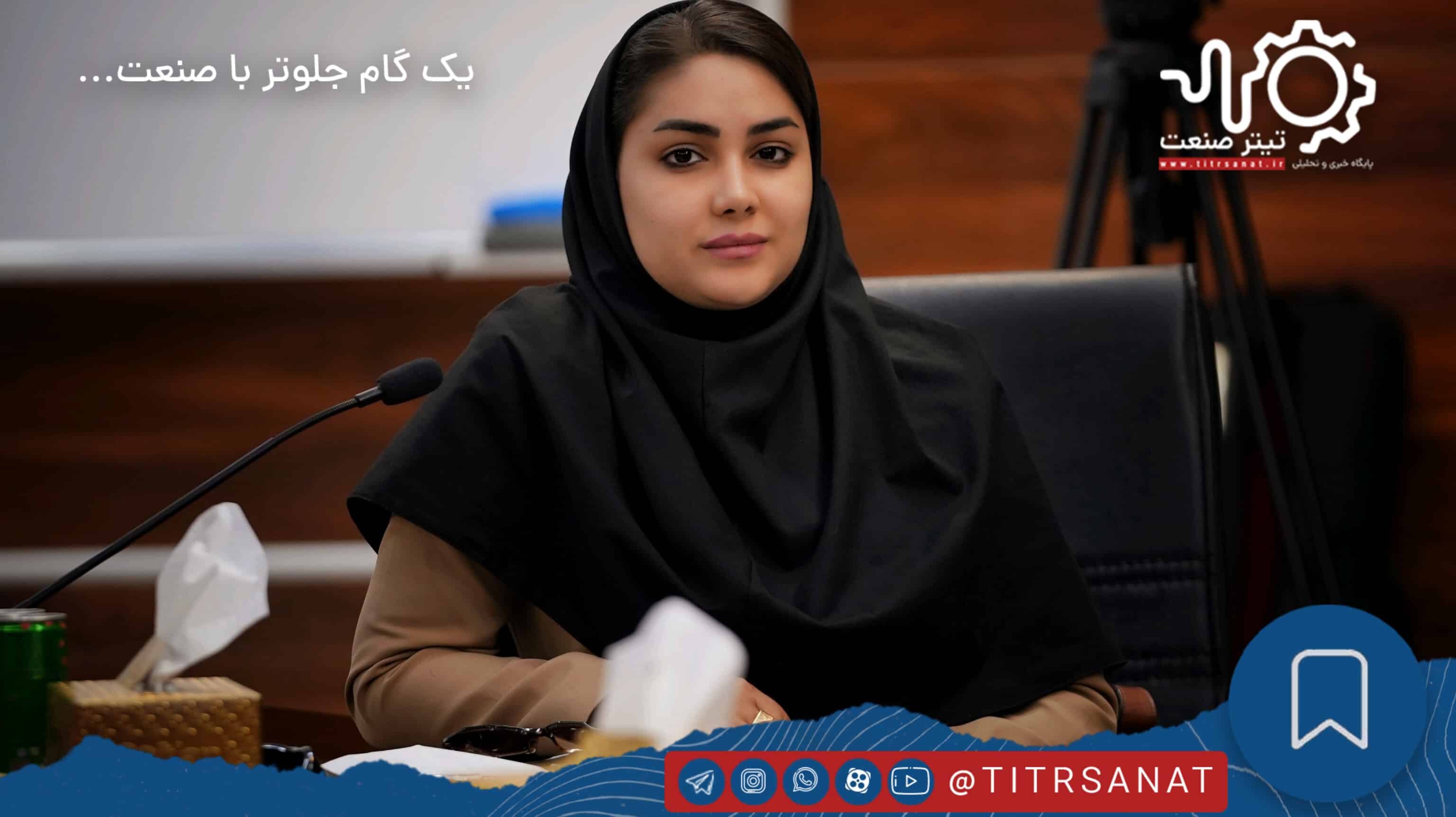





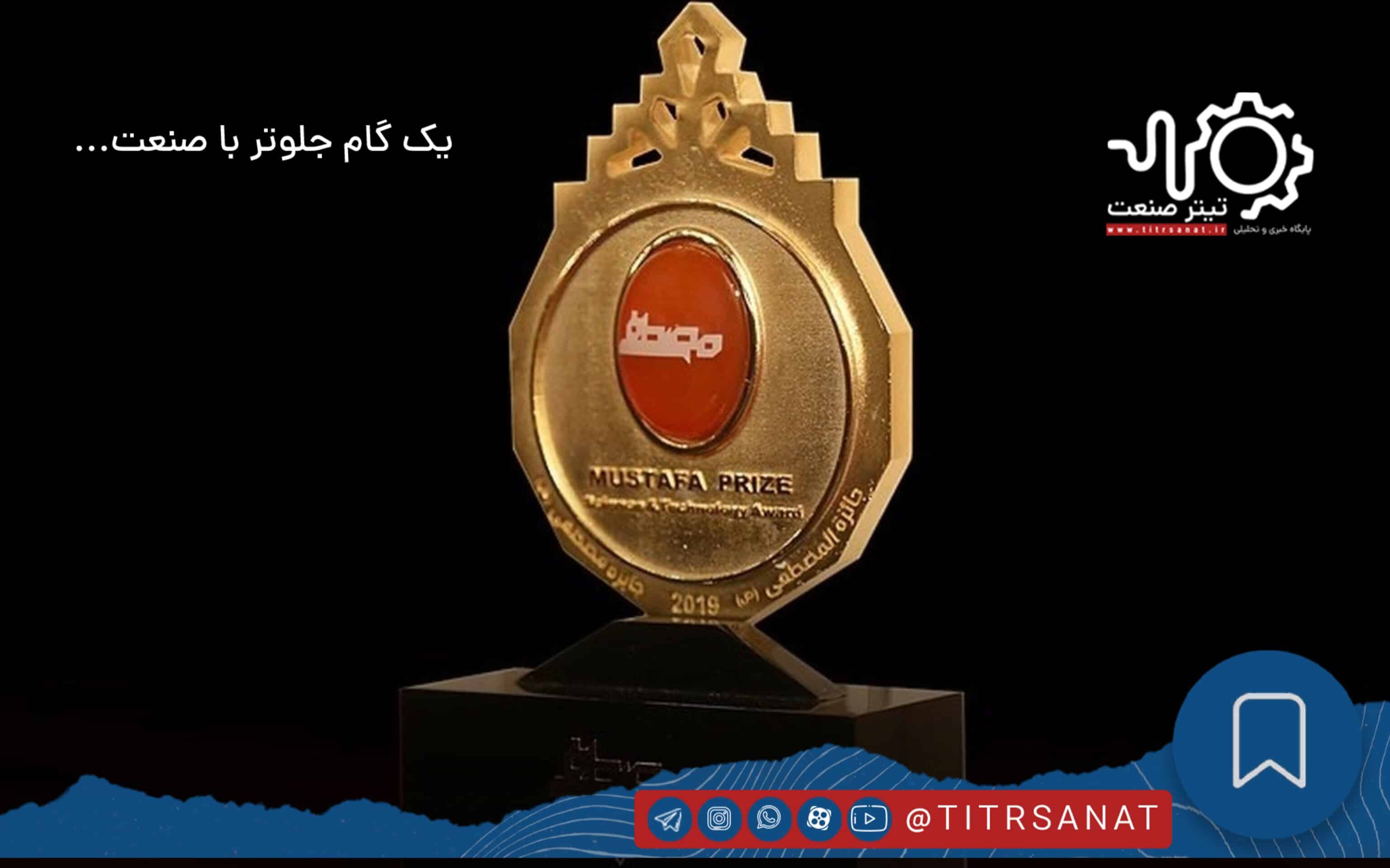

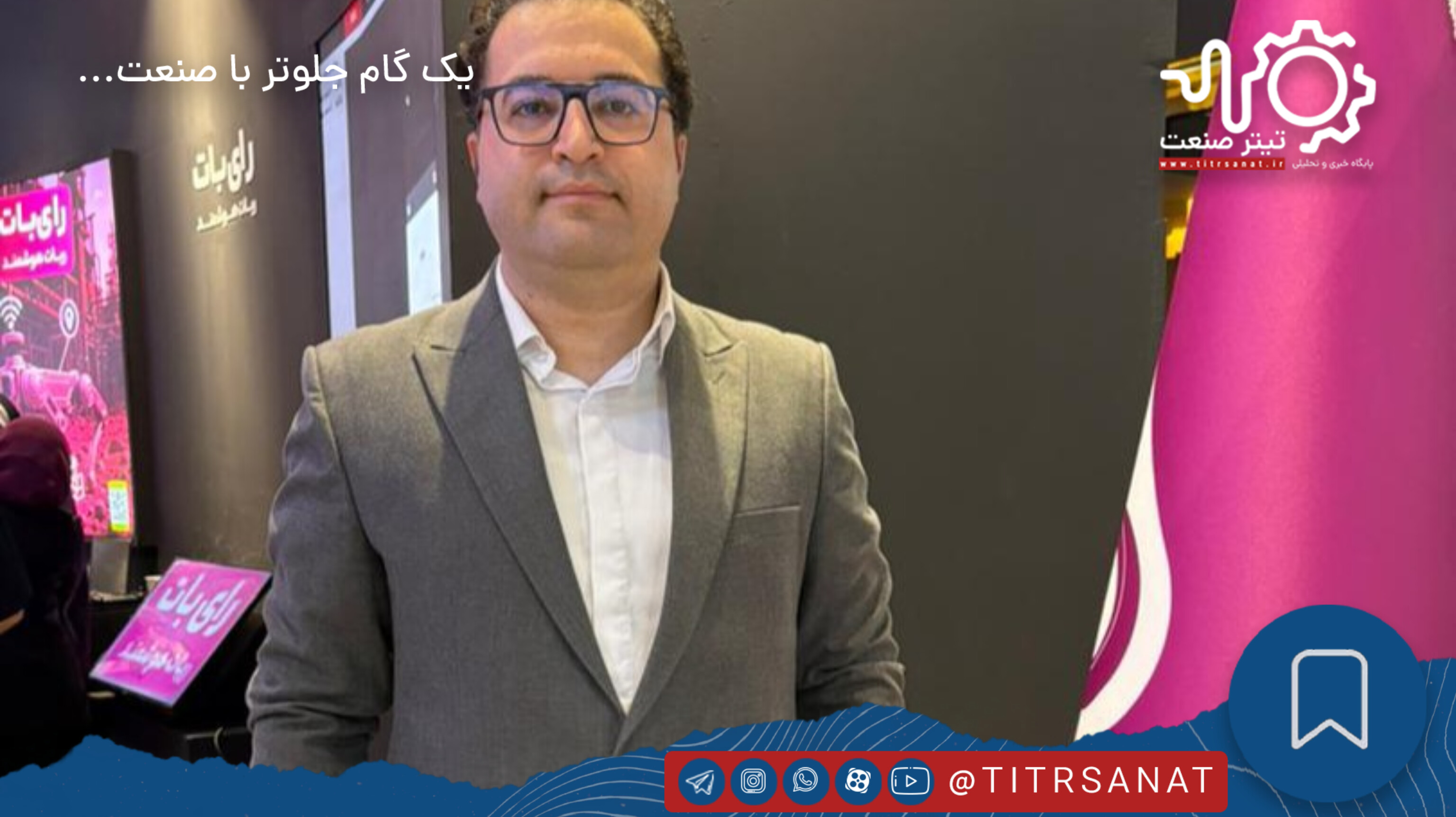
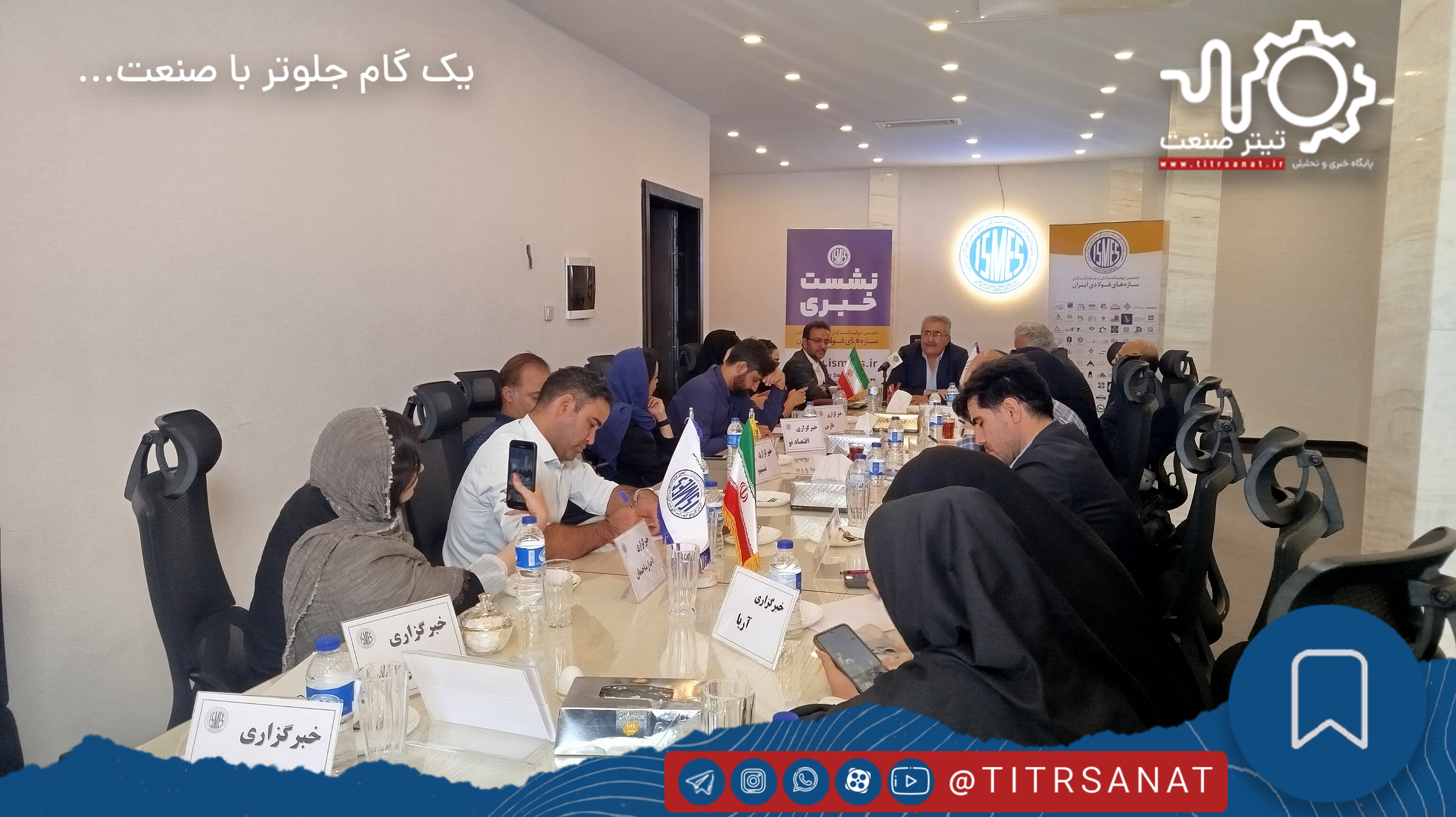



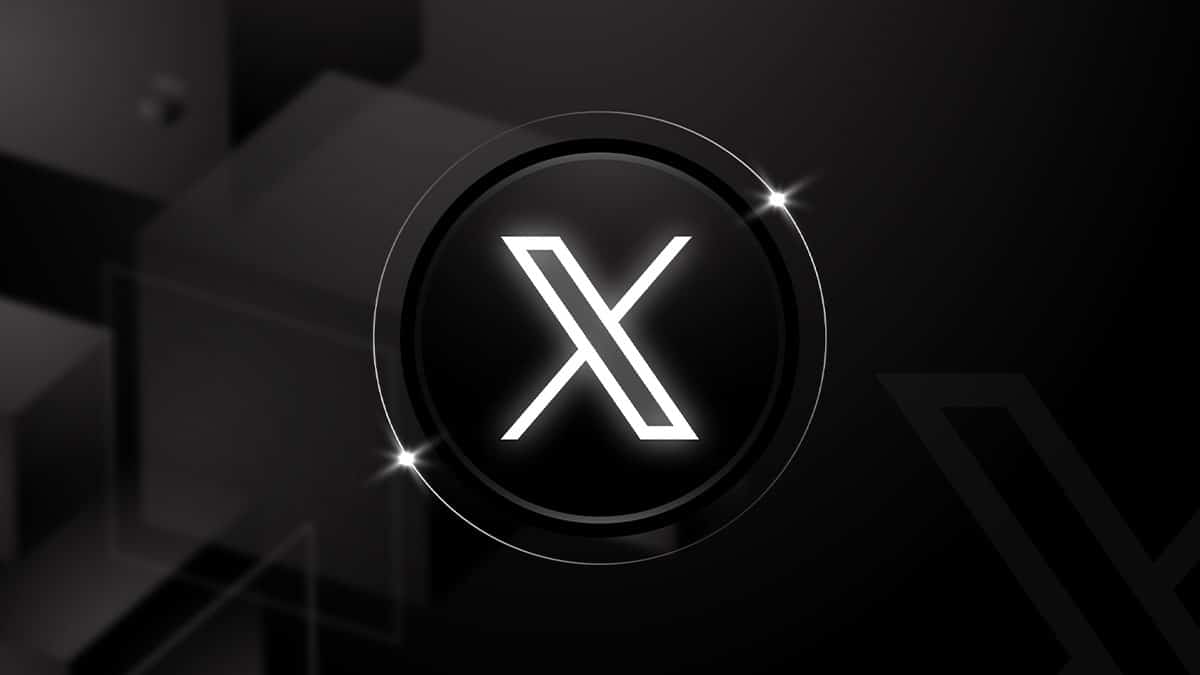


Comments